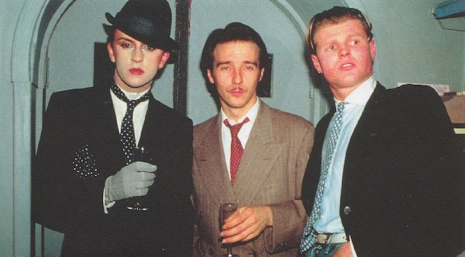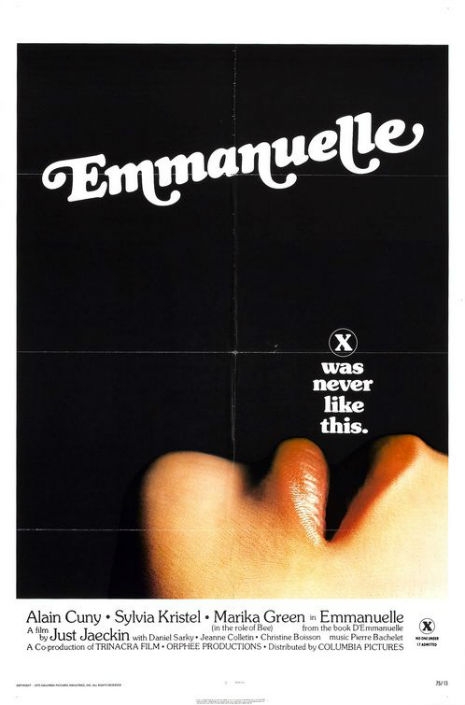
The Blitz Club where the Eighties were invented.
Punk was boring. Punk was dead. Punk stopped being interesting when it became chart music. In its place came New Wave—which was really just more of the same played with jangly guitars by bands with a taste for Sixties music. The next really big thing was the utter antithesis of punk. Elitist, pretentious, preening, vain, camp yet utterly inventive.
It was called “the cult with no name”—because nobody knew what to call it. It didn’t fit any easy categorization. There were soul boys, punks, rockabillies, with a taste for dance music and electronica all in the mix. It was the press who eventually pitched up with the tag New Romantics which stuck.
I was never quite sure what was supposed to be romantic about the New Romantics. They weren’t starving in garrets or brokenhearted, writing poetry, indulging in absinthe or committing suicide by the dozen. They were all dolled-up to the nines, flaunting it out on the streets—demanding to be seen.
It had all started with Rusty Egan and Steve Strange running a club night playing Bowie, Roxy Music and Kraftwerk at a venue called Billy’s in 1978.
Egan was a drummer and DJ. He was in a band with ex-Sex Pistol Glen Matlock called Rich Kids which featured Midge Ure on vocals.
Strange had been inspired to move to London and form a punk band after he saw the Sex Pistols in concert. He moved out of Wales and formed The Moors Murderers. The band included punk icon Soo Catwoman, guitarist Chrissie Hynde and Clash drummer Topper Headon. Together they recorded one notorious single “Free Hindley.”
The same year, Egan, Strange and Ure formed Visage—which was to become a catalyst for the New Romantics in 1980 with their hit single “Fade to Grey.”

Visage: Steve Strange, Midge Ure and Rusty Egan in 1978.
But we’re getting ahead of ourselves, so let’s be kind and rewind.
1978: Egan and Strange move their club night to a wine bar-cum-restaurant-cum-dance-club called the Blitz. Egan was the DJ. Strange was on the door. Strange has a strict door policy. No one gets in unless they dressed like superstars.
More after the jump…







